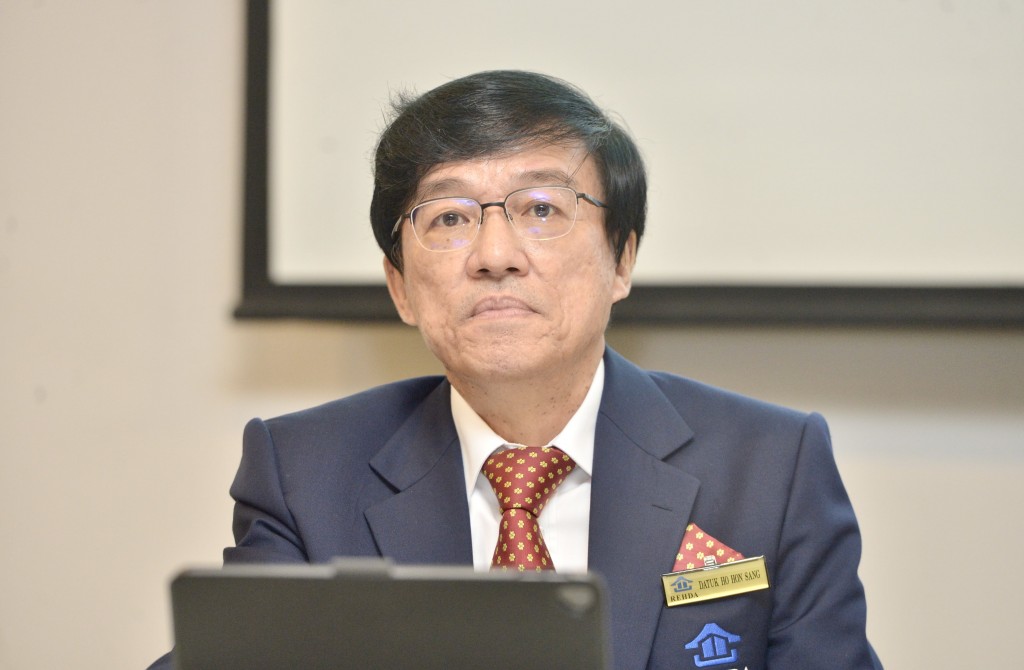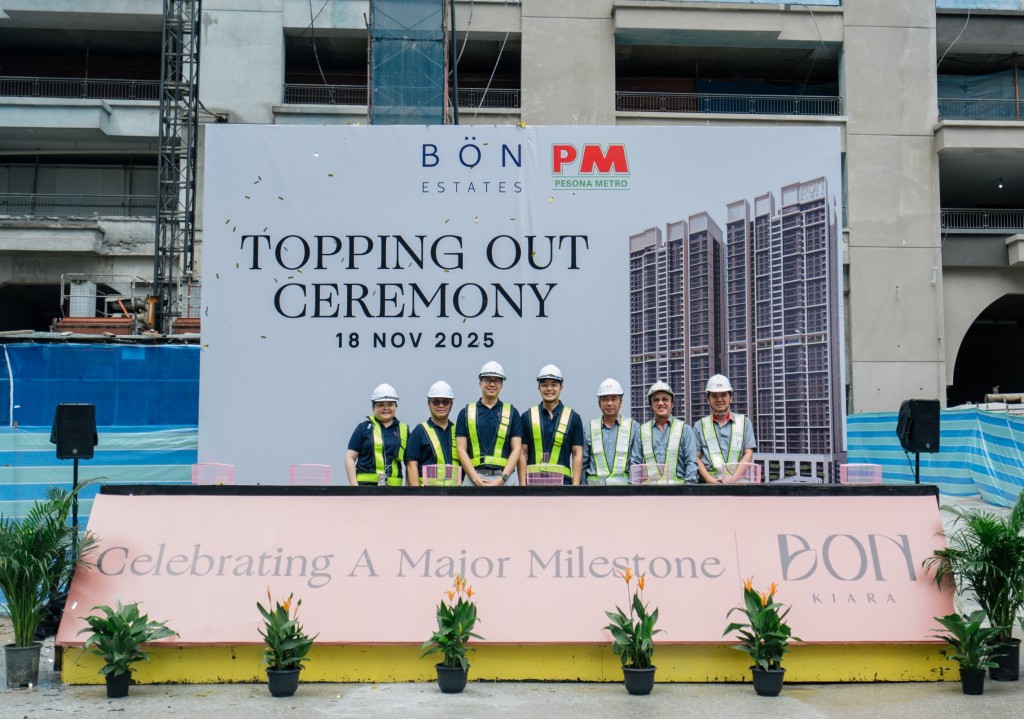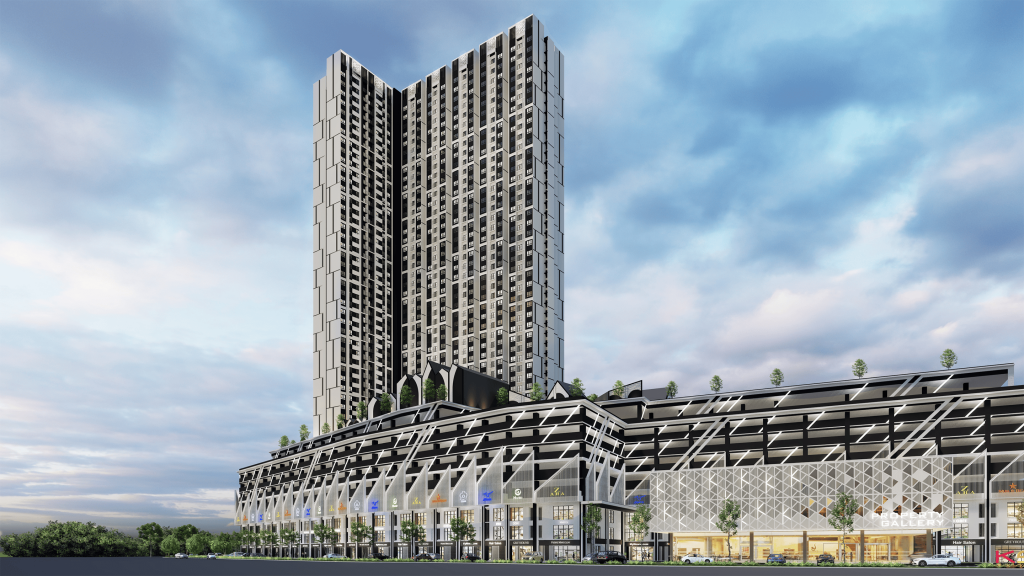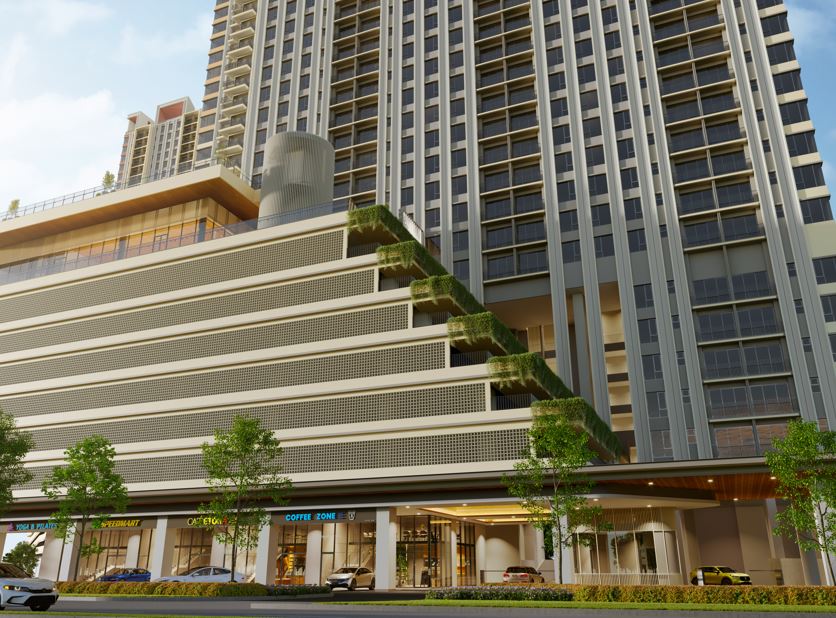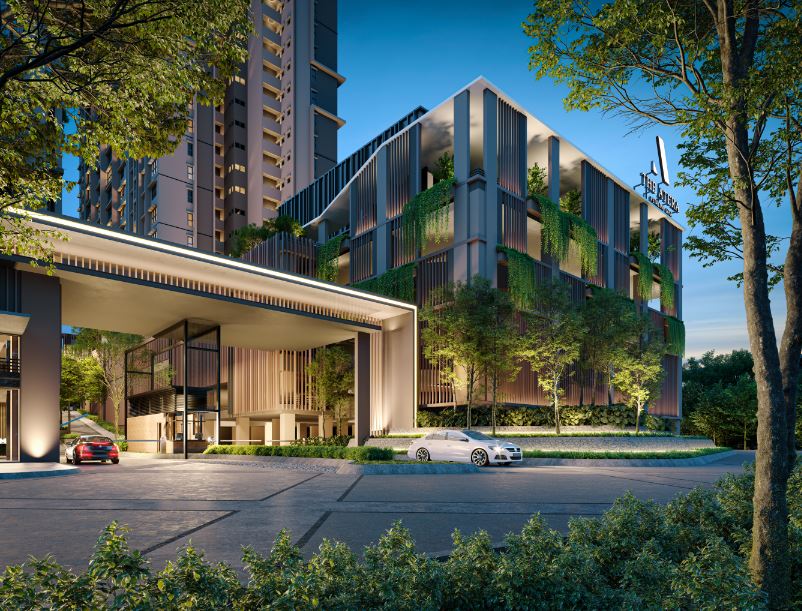Policy impacts house prices and younger generation is spending elsewhere
By: Yip Wai Fong
While the talk of the town has been that home prices are rising beyond wage growth and many homebuyers face difficulty in securing home financing, real estate developers at StarProperty Budget Roundtable pointed out that there are two sides to the coin when it comes to housing affordability – policies that inflate home prices and the affordability of aspiring homeowners.
Policies such as bumiputera quotas and affordable housing quotas for every development have built-in holding costs for developers as these units may not be taken up as quickly as the open-market units. Furthermore, the imposition of affordable housing requirements drives developers to the practice of cross-subsidy, loading the cost of developing the price-controlled affordable homes onto open-market housing bought by most of the middle-income (M40) Malaysians.
What makes matters worse, developers said, is that with each state having different quotas for bumiputera units and affordable housing, more resources including time, are being poured into complying with the requirements.
While the industry recognises that the bumiputera quota is part of the nation’s core policy, developers said that a streamlined and transparent mechanism to release unsold bumiputera quota units to the open market for all states will drive down cost.
“A transparent release mechanism that releases unsold units automatically after a certain date is what we have been hoping for all this while. But that hasn't really applied to all the states. Some states are much more transparent than other states,” said IJM Land Bhd chief operating officer Datuk Chai Kian Soon.
Chai also suggested channelling assistance to bumiputera homebuyers using monies developers paid to the state authorities for the release of their unsold bumiputera units. However, currently the authorities do not disclose the usage of the payment collected.
“My concern has always been, where has the fund gone to? If the next bumi buyer comes and buys a bumi unit with the developer, that particular fund can be used to help the bumi buyer so that we are also able to sell the units,” Chai added.
UEM Sunrise Bhd chief marketing officer Emily Teh said the industry hopes matters regarding bumiputera quota can be made efficient.
“(When) developers have to wait for the (unit) release, there is a cash flow impact and it’s also an issue of efficiency. The shorter the timeframe it takes for us to sell everything, then the project is more efficient,” she said. “If there is a better assistance or a better program put in place to assist bumiputera buyers, then you wouldn’t have to keep waiting for bumiputera unit release.”
Chai also hopes that a release mechanism can be applied for affordable housing, making it easier and quicker for developers to open up unsold units to homebuyers without requiring them being screened by the respective Housing Boards.
“We hope that there's a release mechanism for units that remain unsold, after certain attempts (to find buyers) through the local authority. We should be allowed to release it to the general market, because there will be people who will buy and probably rent it to those people who want to rent. But now you can't do that. You don’t allow people who think that they can invest in this type of property at RM280,000, RM250,000, RM300,000 and RM350,000, which is very affordable for these people who actually contribute their capital and get a return in the form of rental. It would encourage us (developers) a little bit more if you have that mechanism to do it and to release our financial burden as well,” he explained.
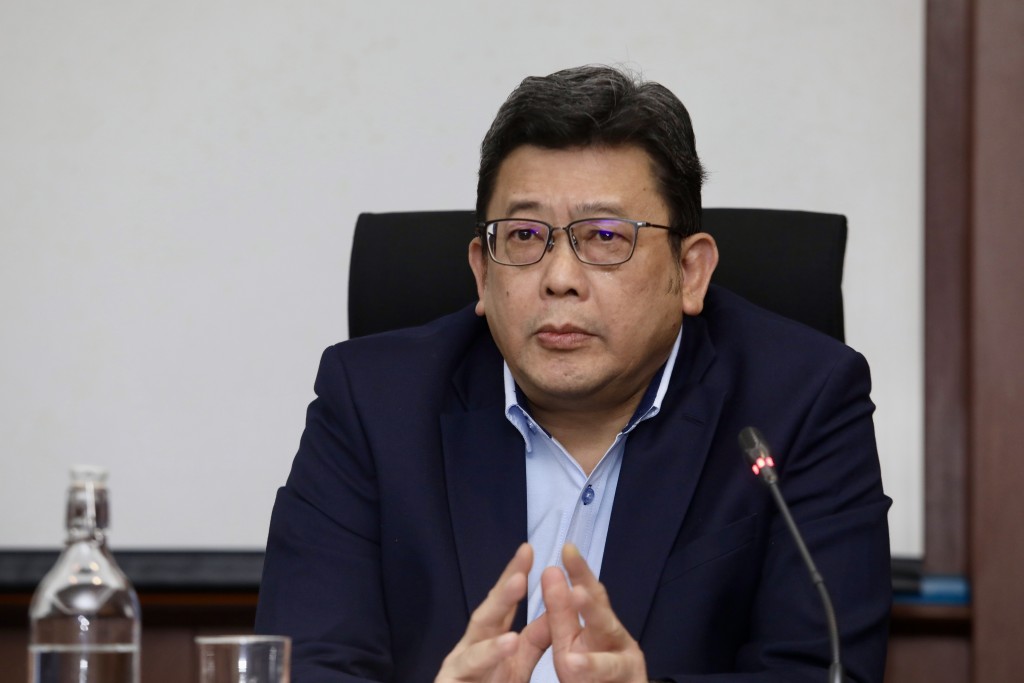
Chai hopes for a transparent mechanism for the release of unsold bumiputera quota units and affordable housing units applicable in all states.
—Low Lay Phon/The Star
Cross-subsidy: Higher house prices for non B40
Chai also pointed to the fact that affordable housing is funded in part by the practice of cross-subsidy with open market housing developments, resulting in higher pricing for the latter. He said instead of developers shouldering the task for providing affordable housing, the government should lessen their burden by lowering land premiums and eliminating bureaucracy for affordable home developments.
“Low-cost housing is cross-subsidised by the higher-end housing. The fact remains that it is just a transfer of pricing,” Chai said. “At the end of the day, it makes the (higher-end) category unaffordable.
“This is where we hope the government has to come to support. We expect to have lower premiums for the land and the other approval process to be made faster,” he said.
Sime Darby Property Bhd group managing director Datuk Seri Azmir Merican called for the setting up of a Housing Development Fund where developers make contributions for the development of affordable housing instead of being imposed a fixed number of units. He also called for the government to take over the provision of affordable housing completely, leveraging on the government's ease of raising funds.
“The government can look at building transit homes or affordable homes because the government's cost of funding will be quite efficient. The cost of funding for the government is quite low, lower than for us to build because it could raise funds at a lower rate,” Azmir said.

As much as housing is priced to be affordable, homebuyers are also committed elsewhere financially, Ho said. —Low Lay Phon/The Star
Different financial priorities
Encountering loan rejection among their homebuyers, developers said there is a shift in society, especially the younger generation prioritising less on owning homes, despite the availability of affordably priced properties.
Real Estate and Housing Developers’ Association Malaysia (Rehda) president Datuk Ho Hon Sang used an example of a 100% loan for a property priced at RM300,000 with a tenure of 35 years and interest at 3.75%. Ho said the monthly repayment is well within the income of RM5,000, the upper range income of the bottom 40% of households (B40). However, Ho said loan rejection often happens due to other financial commitments that are beyond developers’ control.
“Say, for example, RM300,000, loan 100% from the bank. The interest rate is now less than 4%. The loan term is 35 years. Therefore, the monthly repayment will be about RM1,400. If you look at B40, the highest range earns about RM5,000. The monthly repayment is affordable based on the housing cost burden approach. The fact is, banks couldn't loan them because they couldn't pass the CTOS. Then we (developers) are being told that the housing is not affordable. It's actually very tough because of homebuyers’ other commitments that we don't know about,” he said. (Note: Housing cost burden approach deems a house is affordable if housing costs are less than 30% of monthly household income.)
Azmir said for first-time homebuyers, affordable schemes such as Selangor’s affordable serviced apartment (SAMM) is a viable option.

There should be stronger rent-to-own programs for younger generations of homebuyers, Teh said. —Low Lay Phon/The Star
Teh called for more built-to-rent developments to cater to B40 and the younger generation and assistance for developers to undertake such developments.
“Societal needs have changed dramatically, especially with the younger generation. We can have models like built-to-rent or rent-to-own, and that needs to be supported by a wider policy that can assist developers to roll that out because it does lead to cash flow issues, but we need to have stronger built-to-rent or rent-to-own programs for the younger generations,” she said.
Tropicana Corporation Bhd chief executive officer Ong Chou Wen called for step-up financing schemes that are tailored to wage growth and able to instill financial discipline in homebuyers.
“The flexi home loan type where you pay as much as you can or whatever amount that you want, doesn't discipline the homebuyers. So a structured step-up scheme perhaps is more workable for the first five years. After delivery of vacant possession, you pay this much. Then after that, you step up. That goes along with the household income increment over the years,” Ong said.
“All these are purely for the affordable housing category, be it public or private, because for this category of customer, I think their credit profiles are a little bit of a concern. Even with a RM10,000 deposit, they still couldn't get banks to approve. That's because of other expenses and commitments that they have. That is seriously beyond, beyond what developers can help,” he added.
Ong also opined that the current lending criteria and processes are unlikely to change because the central bank would ensure non-performing loans are under control.
“Bank Negara adopts a very stringent review process and if they are fine with the current state, it won’t be relaxed because it is effective in controlling non-performing loans,” he said.

The government can afford to raise funds at a lower rate to undertake affordable housing development, Azmir said.—Low Lay Phon/The Star
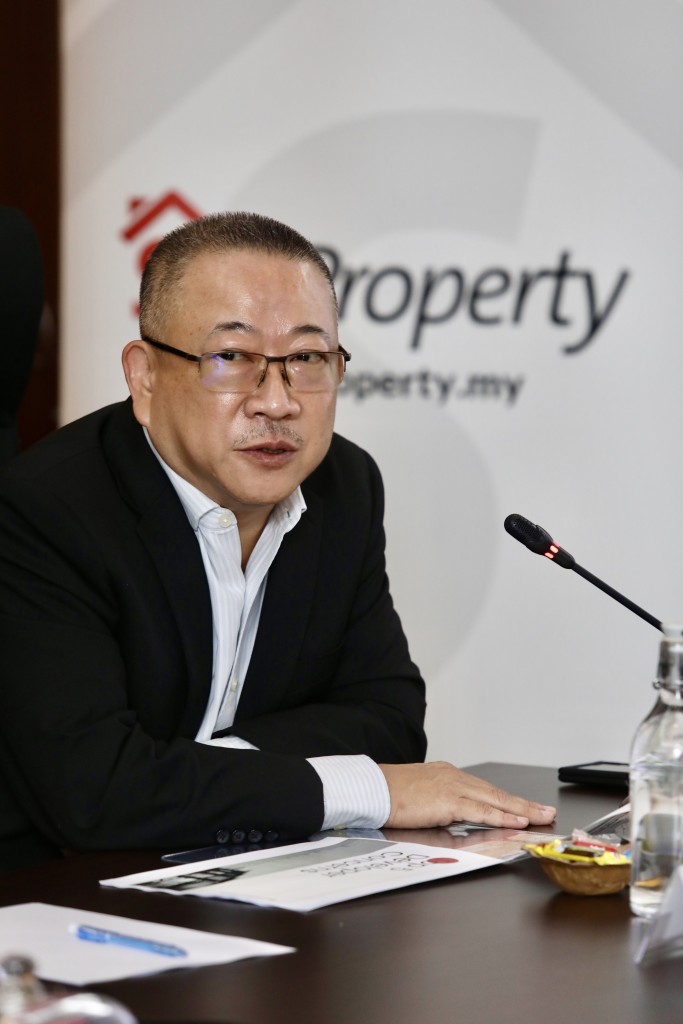
Step-up-financing scheme that instil financial discipline in homebuyers is needed, Ong said.—Low Lay Phon/The Star
Stay ahead of the crowd and enjoy fresh insights on real estate, property development and lifestyle trends when you subscribe to our newsletter and follow us on social media.



